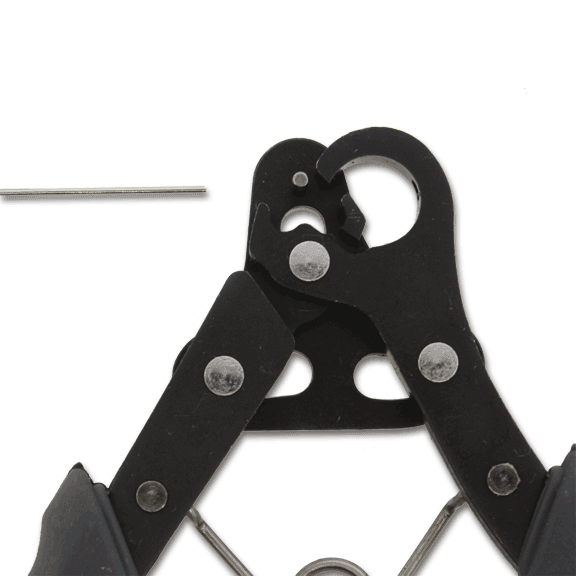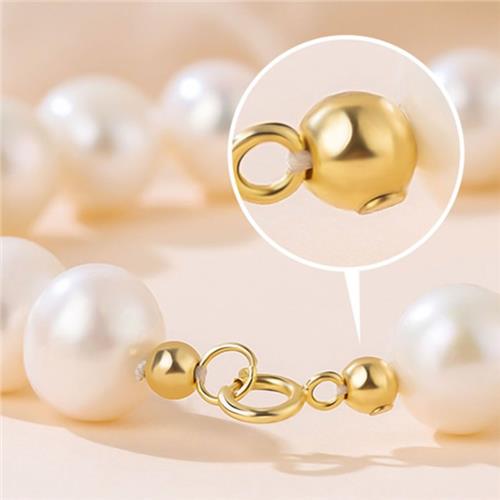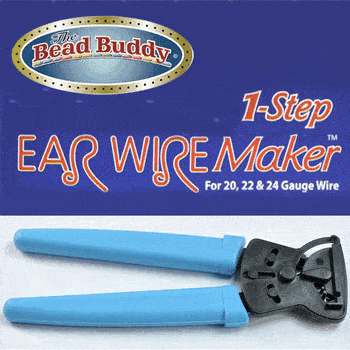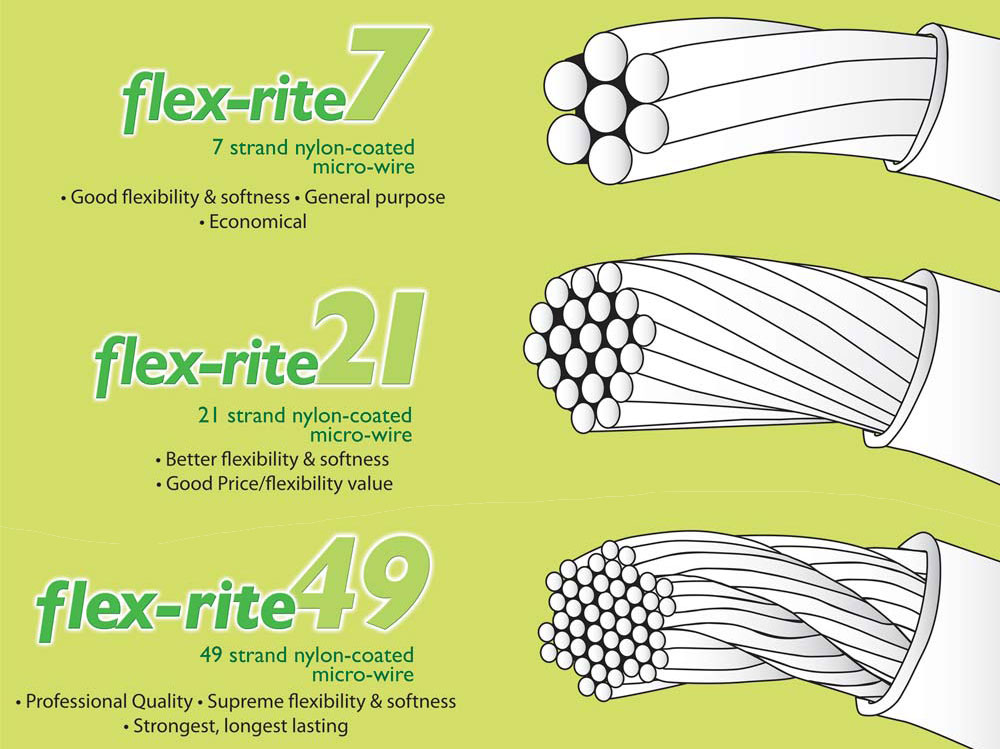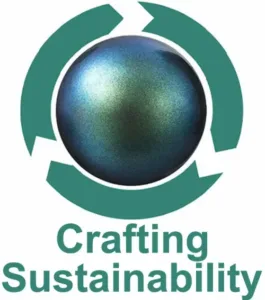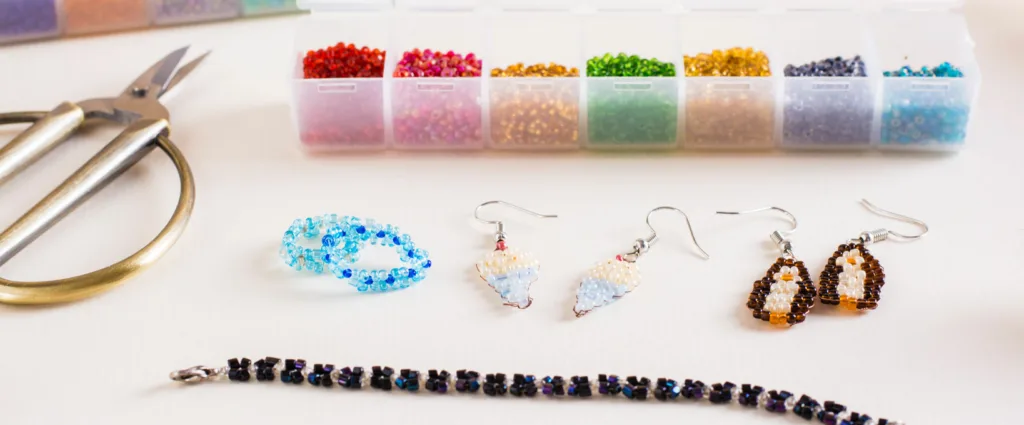
While there are only a handful of basic bead stitches, there are many ways to combine them to create different textures and looks. If you’re searching for some new techniques to try out with your next project, check out the following list of beading techniques.
Basic beading techniques
Basic beading techniques utilise basic stitches. It’s one of the most popular ways to create jewellery and belts using beads. Spiral stitches are among the most basic and require skills such as threading needles, joining threads, and finishing threads. Below are some easy beading techniques that you can experiment with:
- Square stitch
The square stitch (Comanche stitch) is a beading technique that makes a beautiful, textured pattern. As you might have guessed from the name, it produces a square shape with diagonal lines running through it. These stitches look great in just about any colourway and can be used as an accent on other projects. It’s also one of the most popular beading techniques, so if you want to get started with this style without being overwhelmed by tons of patterns and tutorials, this might be your best bet!
The square stitch is easy to master if you’re familiar with basic beading techniques. Once you learn how to make it, there are several ways to incorporate it into your designs.
- Flat spiral
The flat spiral (also called a string of pearls) is a basic hand-beading technique used to make jewellery and other items. Because it’s easy and versatile, it’s also a great stitch for beginners who want to create something from beads.
For the flat spiral to work, you’ll need to choose a bead size that will fit into your selected stitch. If you’re new at this, try using 6/0 or 8/0 beads. Beads are available in all sizes and shapes these days — you’ll find them wherever you buy craft supplies or online. If you’re feeling adventurous, try working with coloured glass, Czech beads or polymer clay beads.
- Peyote stitch
Peyote stitch is one of the types of seed bead stitches. It’s also known as Gourd Stitch and can be done using either square or round beads. It’s easy to master, but like any other hand-beading technique, you can do it in many different ways! If you’re interested in learning more about this technique, free tutorials online will teach you everything you need to know.
- Herringbone stitch
A herringbone stitch (also called Ndebele or ladder) is a sewing stitch that creates a decorative line on the fabric. It can be used in beadwork, but it’s also just a fun thing to do! Start by stitching up from the bottom of your beadwork. Make sure you leave about an inch of space between where you will start and stop. Then bring your needle back down through the same hole you started, creating a loop with your thread going in one direction (you can do this with one or two needles). Make sure to go right above where you entered the hole, so there isn’t any slack when it comes time for pulling tight. If there is any slackness, tighten up until everything looks neat again.
- Right-angle weave and variations
Right-angle weave is a variation of a square stitch. In a right-angle weave, you take one row of stitches in each direction before switching directions. For example, if you were doing left and right rows (as with square stitch), the first row would be all left stitches, then all right stitches, and so on!
- Netting
Netting (also called hex netting) is a hand-beading technique in which you weave a thread through a series of beads. It’s commonly called hex netting because the beadwork looks like a hexagon. Netting can be done with any bead, but it tends to be more popular with larger beads as they’re easier to fit onto the thread.
If you’re trying your hand at the netting technique, it will be helpful to have an up-close view of what you’re doing — otherwise, try looking at your project from above or below it. Ensure all the beads are flat and spaced out evenly before beginning this process, or else your project may not turn out as you had hoped! You’ll need enough space so there’s room between each bead for one strand of wire or thread (the number varies depending on how many strands per row). Thread one end through all three loops and bring it back up through itself; then repeat as many times as necessary until there’s no more room for additional strands.
- Ladder stitch
Ladder stitch, or tubular ladder, is a basic beading technique that’s easy to learn but can be used in many different ways. You can use it to make necklaces, earrings, and even two-piece bracelet sets. While the pattern looks complicated at first glance, it doesn’t take long to master the process once you break down the steps into manageable chunks.
- Bead embroidery on fabric or leather
Bead embroidery is a form of beadwork that uses a needle and thread to create designs on fabric. It’s great for beginners because you don’t need special materials or equipment; it only takes about 20 minutes to learn how to perfect this beading technique.
- Twisted herringbone
The twisted herringbone stitch (or right-angle weave on the diagonal) is a variation on the basic herringbone stitch. It is a bit more challenging to master, but it creates a more innovative pattern and gives your beadwork some texture. To make this stitch, you’re going to weave over two beads, under one bead, and then over two more beads. This will create an “X” shape in your piece of work.
Get your supplies today to start practising different types of seed bead stitches
All in all, there are many different ways to work with beads and create beautiful art pieces. If you’re a beginner, choosing the best method for you can be overwhelming. However, we hope this article has helped by giving an overview of the different methods used for various types of seed bead stitches.
Start your new hobby by buying your beads and other jewellery-making supplies from Beads N Crystals today. We have everything you need, from beads to tools and so much more! Browse our online store to find what you’ll need to complete your project today.
- How To Identify Czech Glass Beads - March 27, 2023
- How Are Czech Glass Beads Made - March 27, 2023
- How To Make Stone Beads - March 27, 2023



